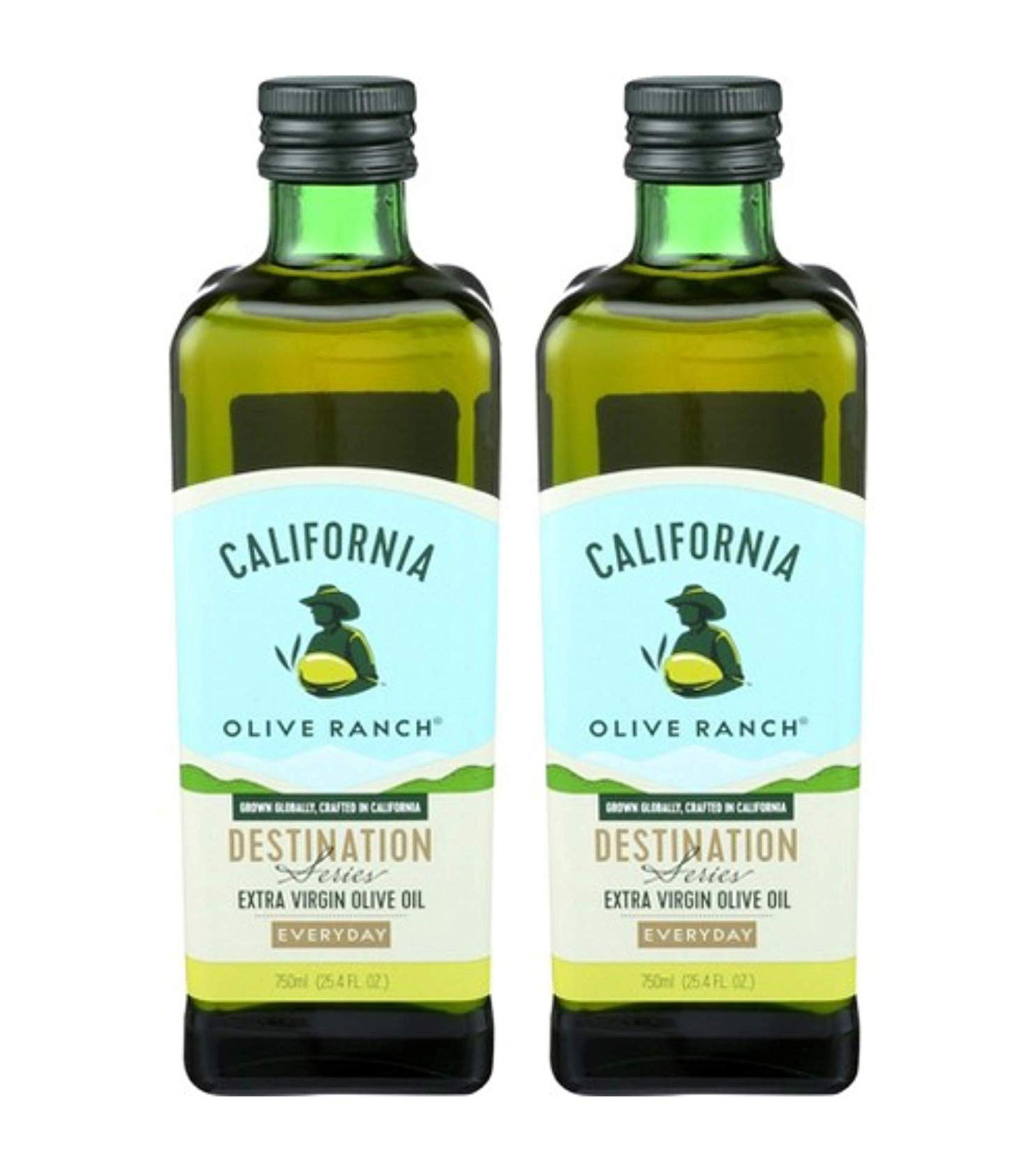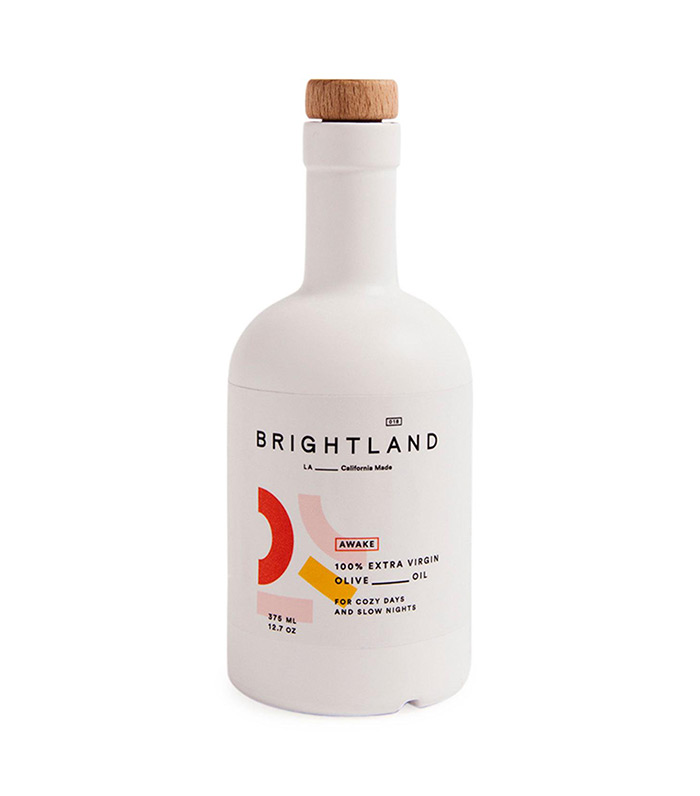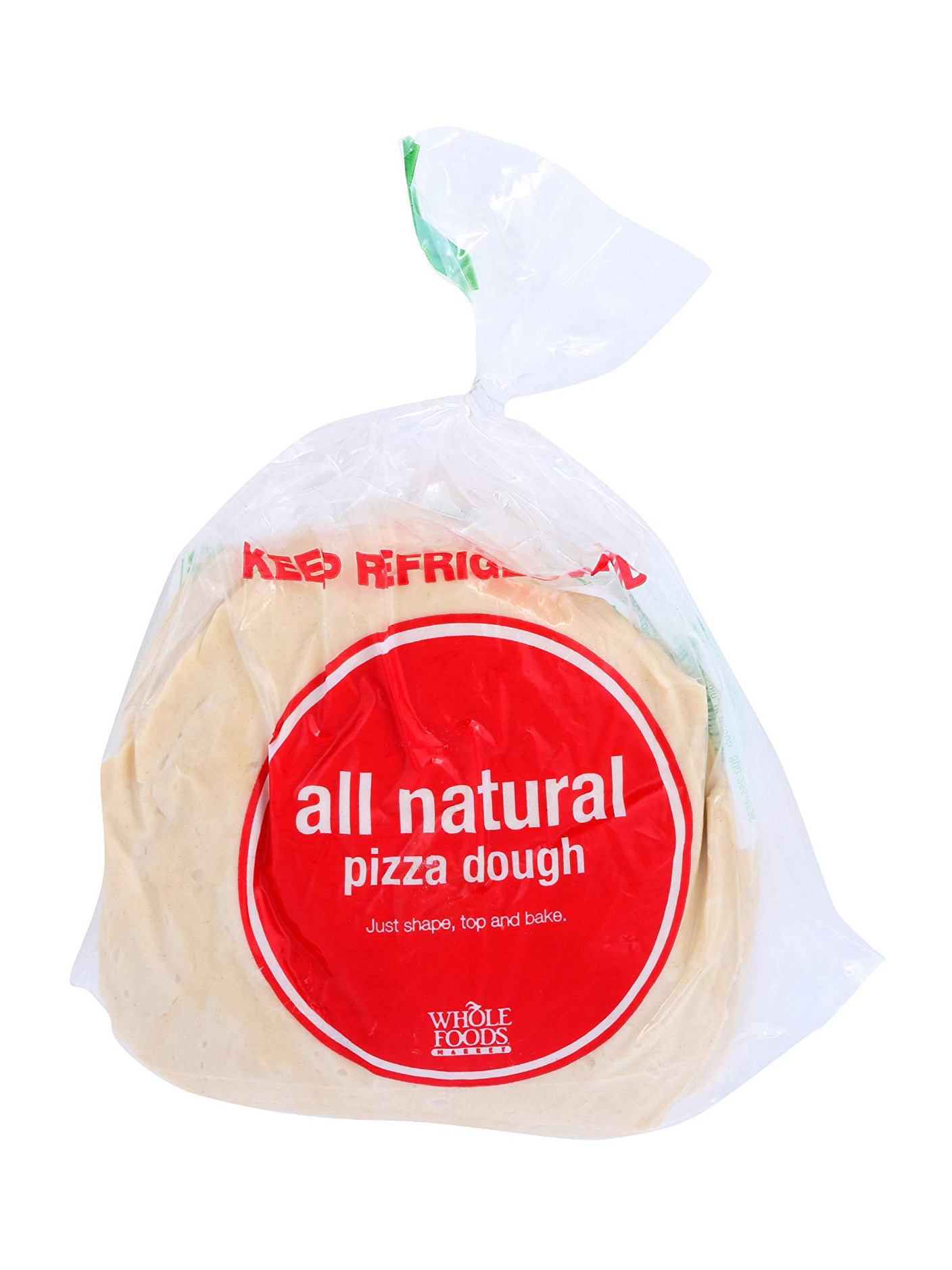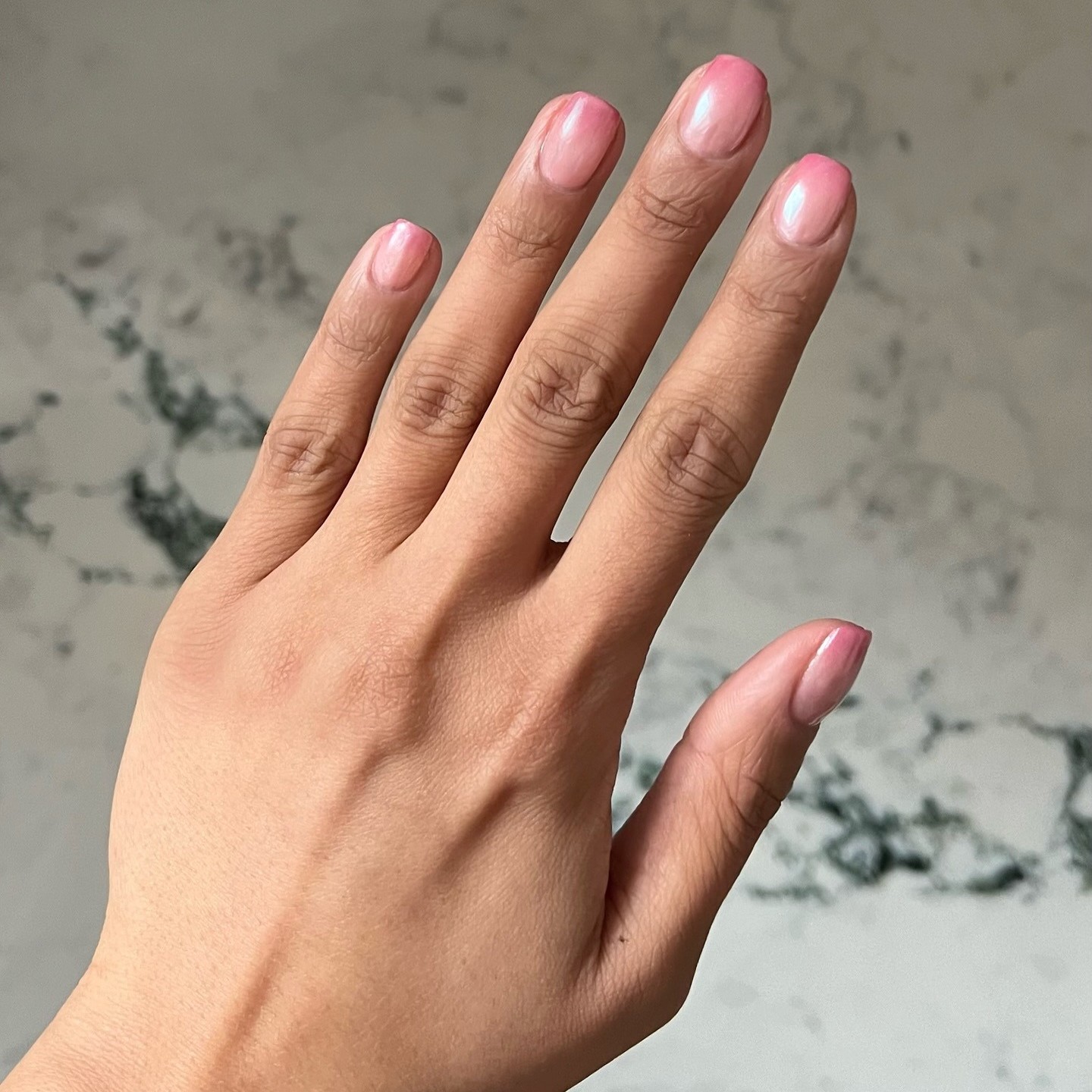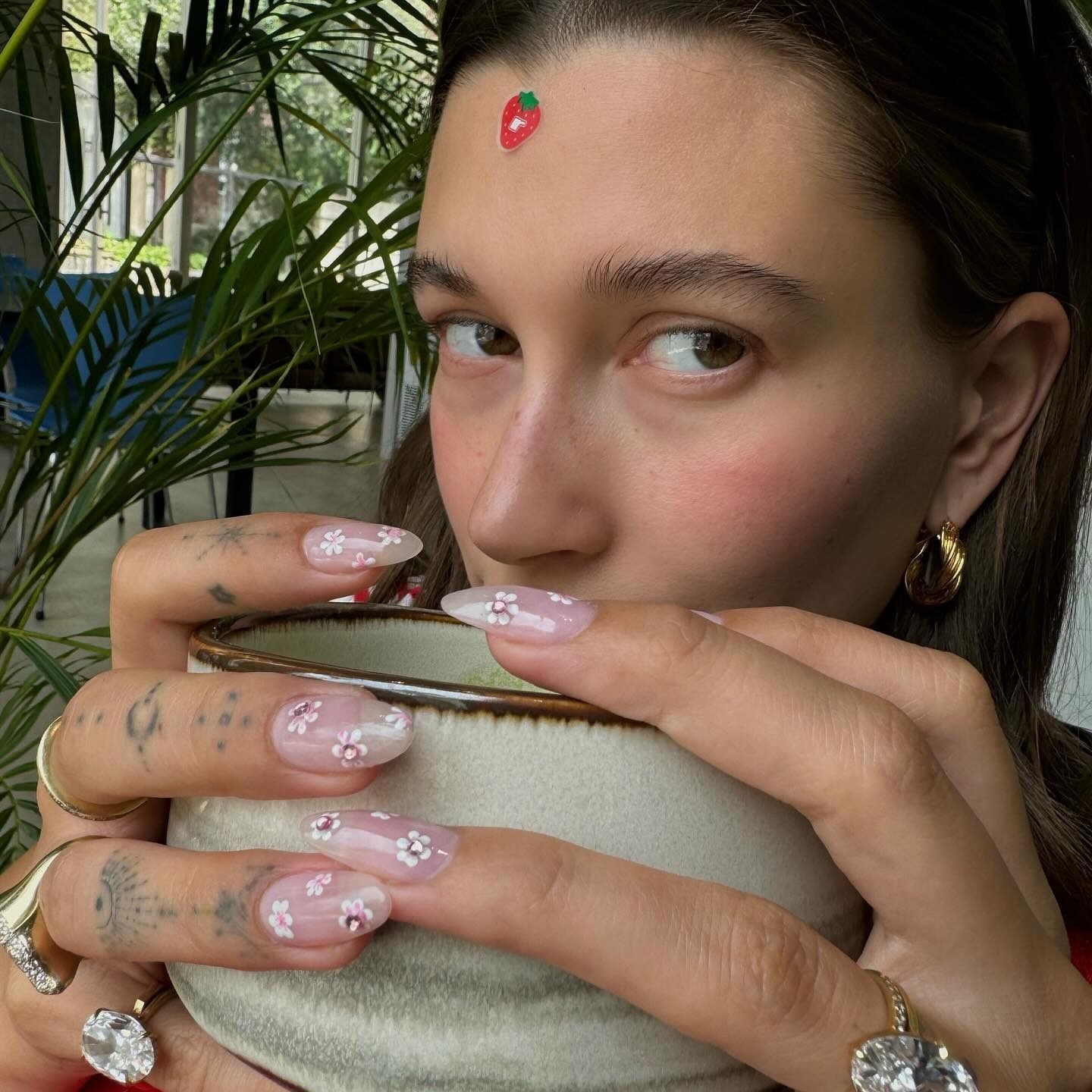7 Trans Fat Foods You Should Avoid at All Costs
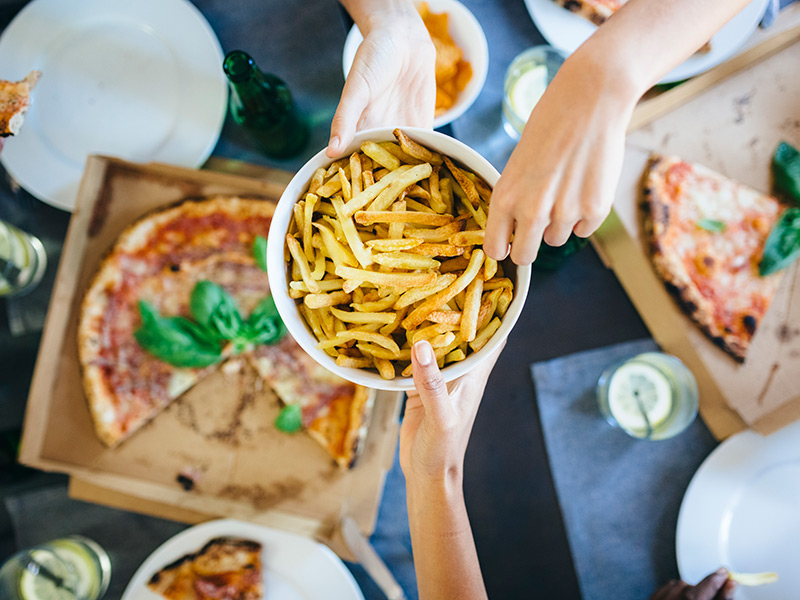
Some fats are good for you, some fats are bad. Trans fats? They're in the latter category. "Trans fats are man-made fats where manufacturers take what should be a liquid-at-room-temperature fat, transform it into a solid-at-room-temperature-fat," says Robin Foroutan, MD, RDN, HHC, a spokesperson for the Academy of Nutrition and Dietetics. "The benefit to this is that then the fat becomes more shelf-stable and resistant to spoiling." According to the Food and Drug Administration, the primary dietary source of trans fats in processed foods are partially hydrogenated oils (PHOs).
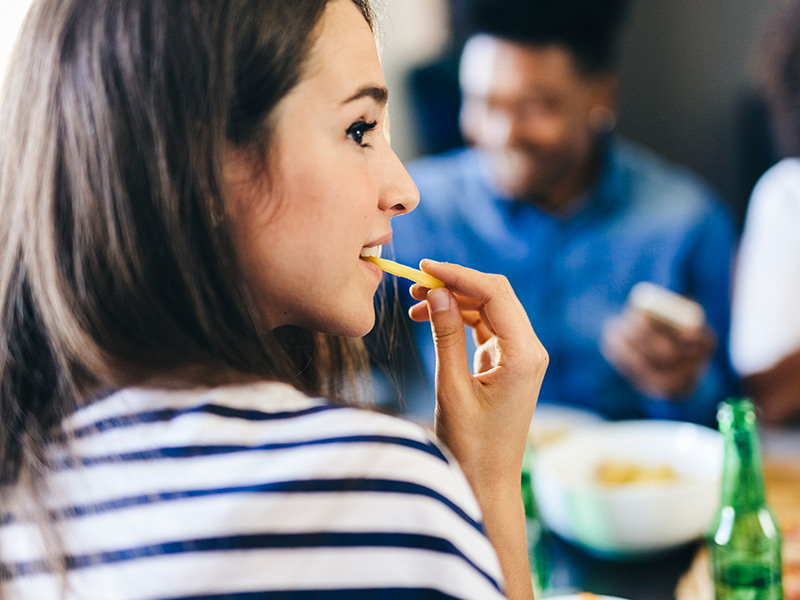
Foroutan adds that trans fats do exist naturally in tiny amounts in red meat and dairy, but these types have differently-shaped molecules, so they have a different effect on the body.
How Are Trans Fats Different?
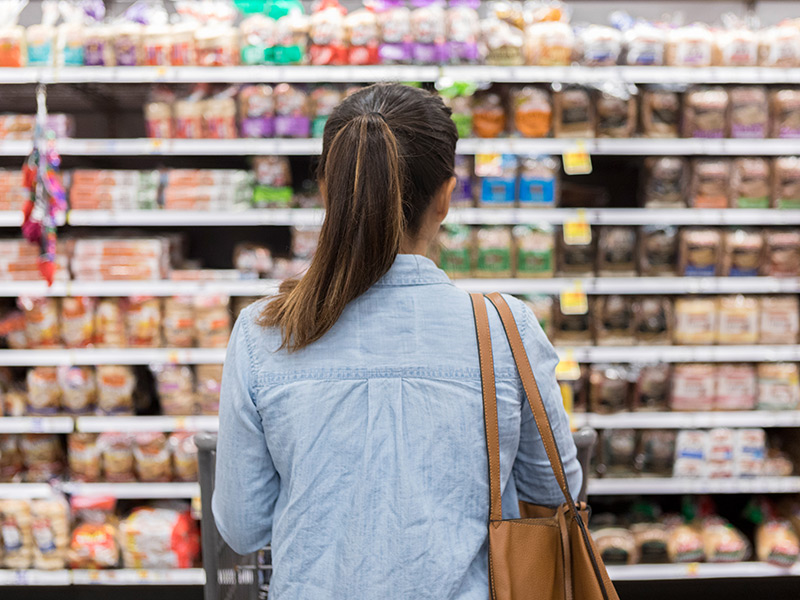
You might be wondering how they're different from other fats and why they're bad for you. "Trans fats create a lot of inflammation in your body," she explains. "And they contribute pretty significantly to heart disease. Part of what they do is lower good cholesterol and increase bad cholesterol. Our cell membranes are made out of lipids, and we get those lipids from the kinds of fats we eat. And so if you're eating trans fats, you add little kinks to your cell membranes. That disrupts cell function, and makes it so that cells can't communicate with one another as well." Trans fats can also increase your risk of stroke and developing diabetes.
In 2015, the Food and Drug Administration determined that PHOs were not "Generally Recognized as Safe" (GRAS) and banned manufacturers from adding them to foods. The deadline for compliance was June 18, 2018, but the FDA extended the date to January 1, 2020, for certain uses.

While most processed foods shouldn't contain trans fats due to the FDA guidelines, some might sneakily still have them. That's why it's important to read the nutrition labels carefully. Food labels have a section for trans fats, but even if it says zero trans fats, you might not be in the clear.
"The food companies are allowed to label their products as having zero trans fats as long as the product contains half a gram per serving or less of trans fats," Foroutan says. In addition, to look at the label, you should also look at the ingredient list. Words to look out for are "hydrogenated" or "partially hydrogenated," which basically mean trans fats.
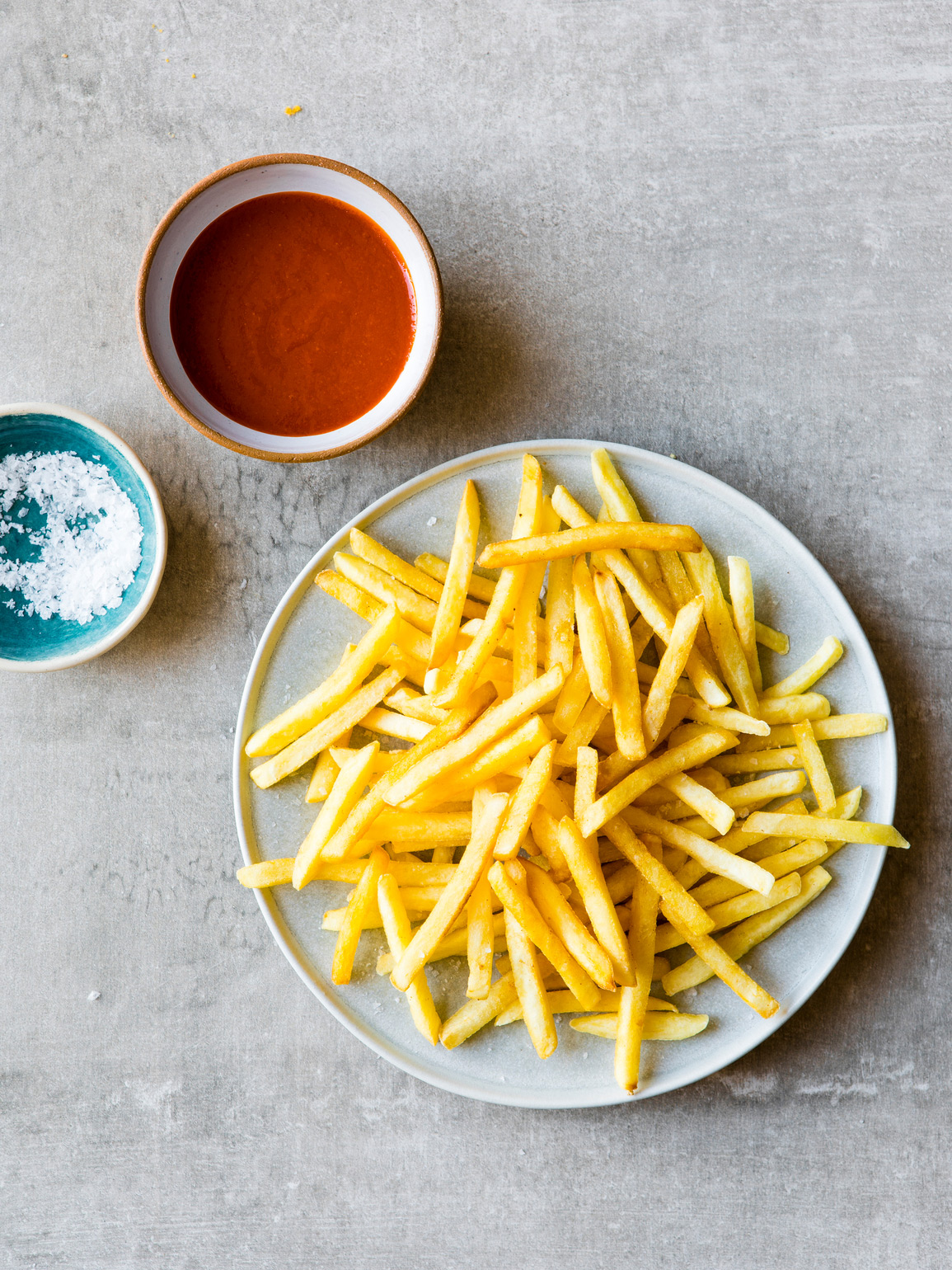
Take a look at this list below of foods that traditionally have trans fats, so you know to pay extra close attention to those labels.
Shortening or Margarine
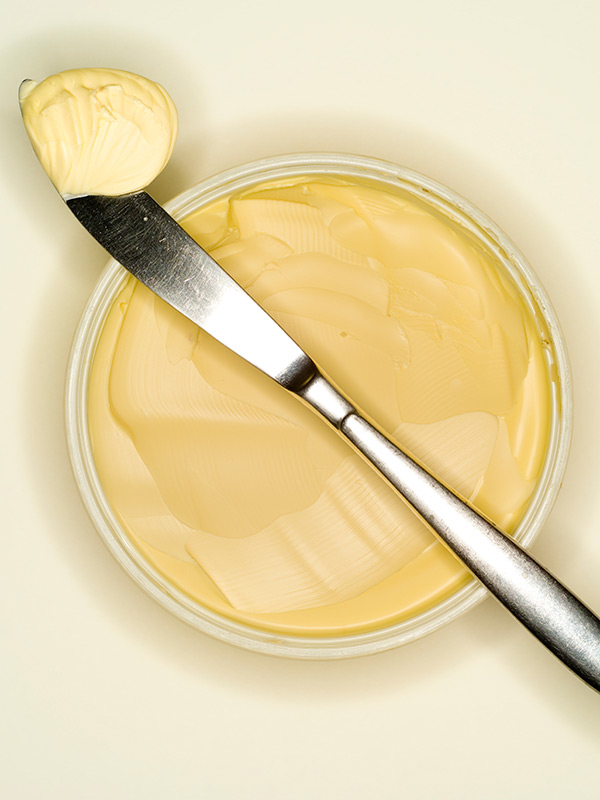
A lot of these were traditionally made with PHOs. Now, there is margarine made without trans fats, but check the label to see if you're in the clear. They might still have a tiny amount of trans fat, falling under the 0.5 grams or less loophole. Instead, try olive oil, if the recipe allows.
Baked Goods
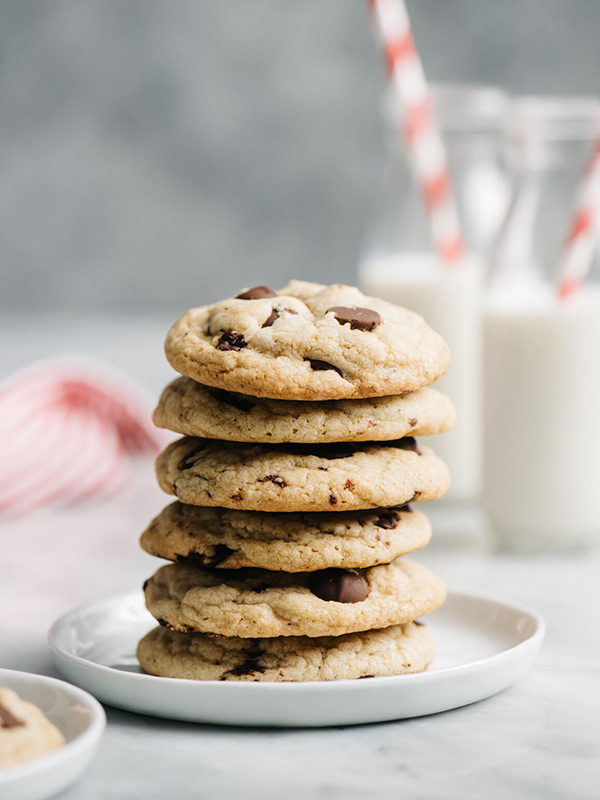
Before you dig into that bag of donuts or box of cookies, take note. The Cleveland Clinic says that most cake and cookie mixes say zero trans fat, but actually have trans fat content that's under 0.5 grams. That can add up if you are decorating the cake with frosting that also contains less than 0.5 grams of trans fats.
Creamers
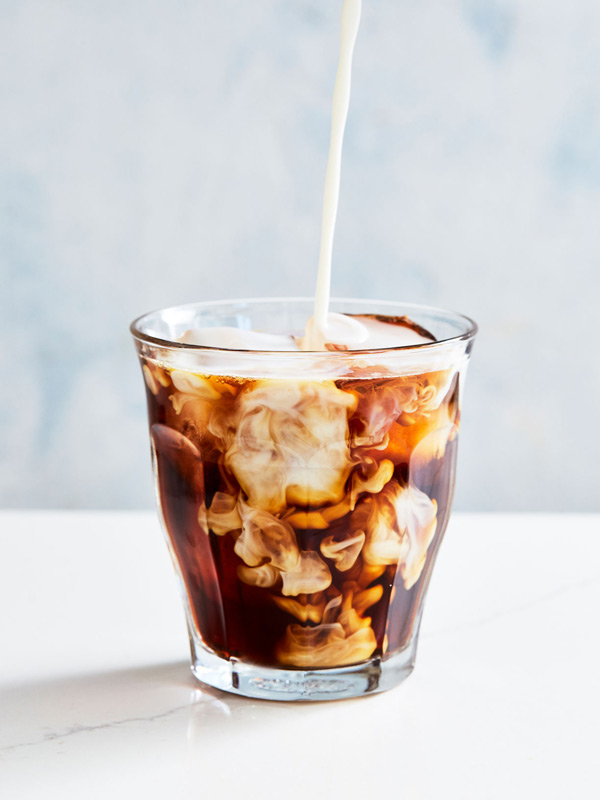
"Creamers are also a big source," Foroutan says. "Be on the lookout. Just because it's non-dairy does not make it healthy."
Crackers
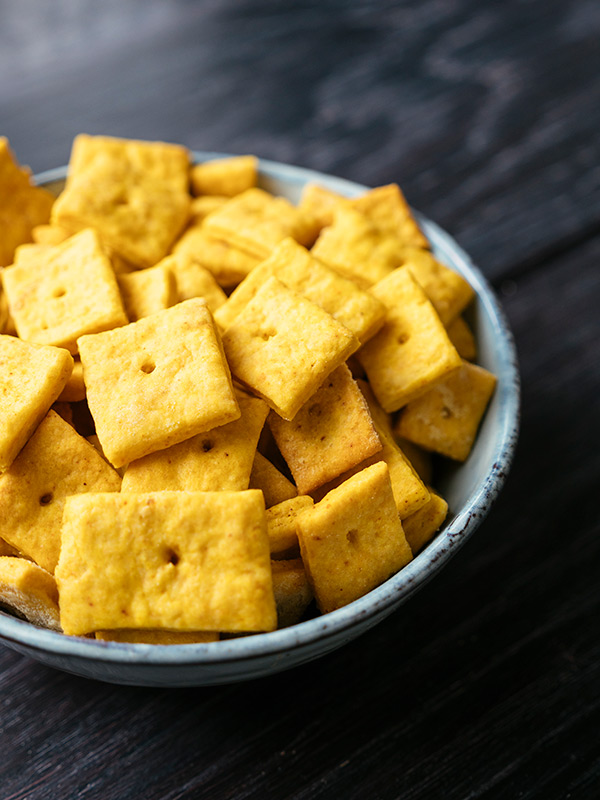
The Cleveland Clinic has a handy rule for discovering "sneaky" amounts of trans fats: "If a food can last in your pantry for weeks without going stale, trans fat might be keeping it fresh." Crackers might fall under this category.
Fried Food
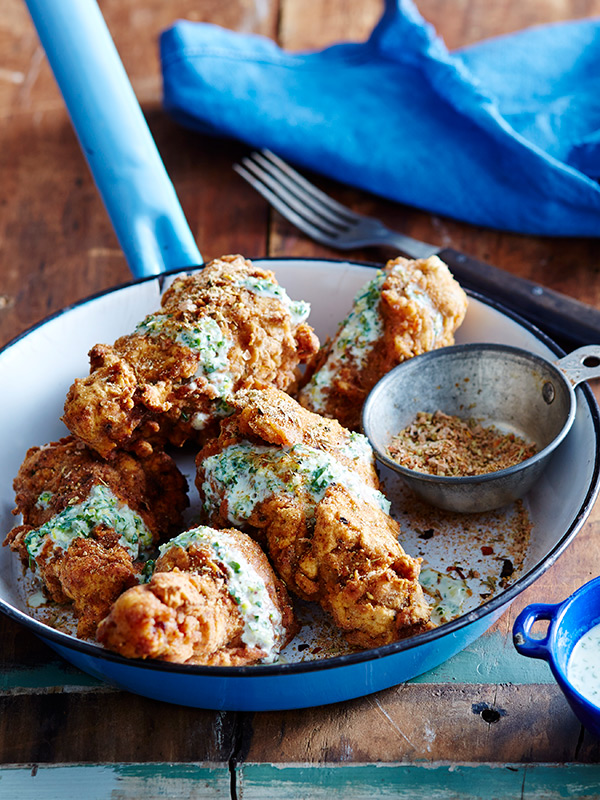
Restaurants and fast food joints might fry their food in oil that have trans fats. Some cities have banned trans fats in restaurants, like New York City, but it differs from state to state and city to city. "If you're using trans fats for frying for instance, you don't have to change the oil as often," Foroutan says. "So fried food is a big possibility for where you might be getting trans fats from because at restaurants, it's not labeled."
Candy Bars
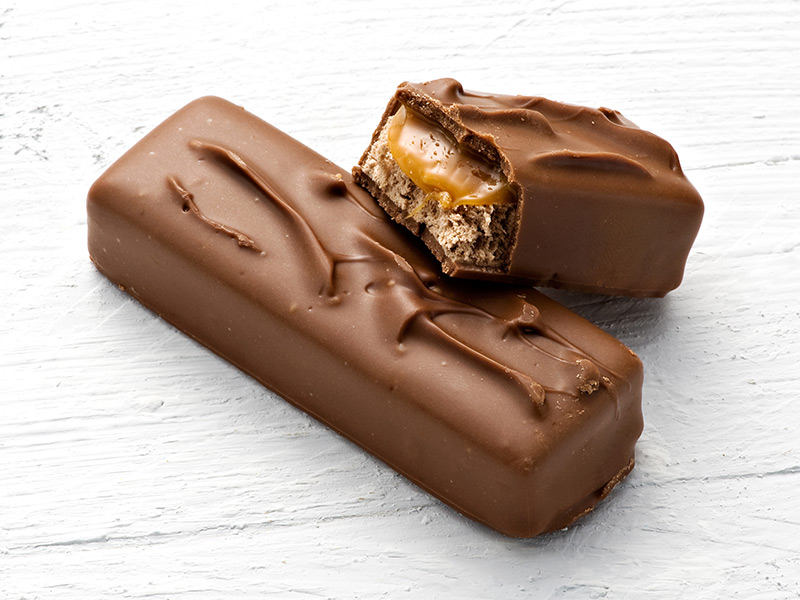
It's the sneaky loophole again. The Cleveland Clinic says that bite-sized candies with creamy fillings contain the low amount of trans fat per serving—and if you eat more than one, you'll be consuming more trans fats than you wanted.
Frozen Pizza
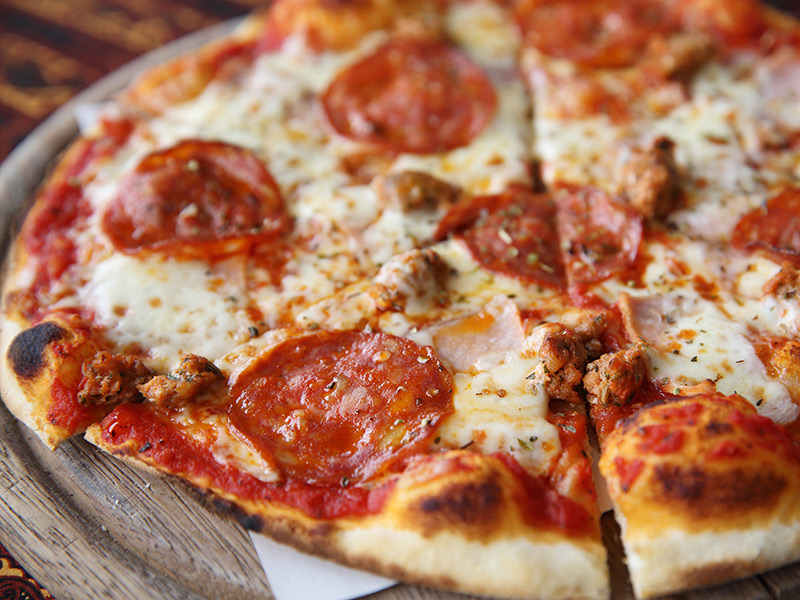
Ever wonder why frozen pizzas can go from icy to crispy? You can thank trans fats, according to The Cleveland Clinic. You might be better off making a homemade version—more work, but at least you can control what you put on it (and in it).
Disclaimer
This article is provided for informational purposes only and is not intended to be used in the place of advice of your physician or other medical professionals. You should always consult with your doctor or healthcare provider first with any health-related questions.
Sarah is lifestyle writer and editor with over 10 years of experience covering health and wellness, interior design, food, beauty, and tech. Born and raised in Los Angeles, she attended New York University and lived in New York for 12 years before returning to L.A. in 2019. In addition to her work at Who What Wear, she held editor roles at Apartment Therapy, Real Simple, House Beautiful, Elle Decor, and The Bump (sister site of The Knot). She has a passion for health and wellness, but she especially loves writing about mental health. Her self-care routine consists of five things: a good workout, “me” time on the regular, an intriguing book/podcast/playlist to unwind after a long day, naps, and decorating her home.
-
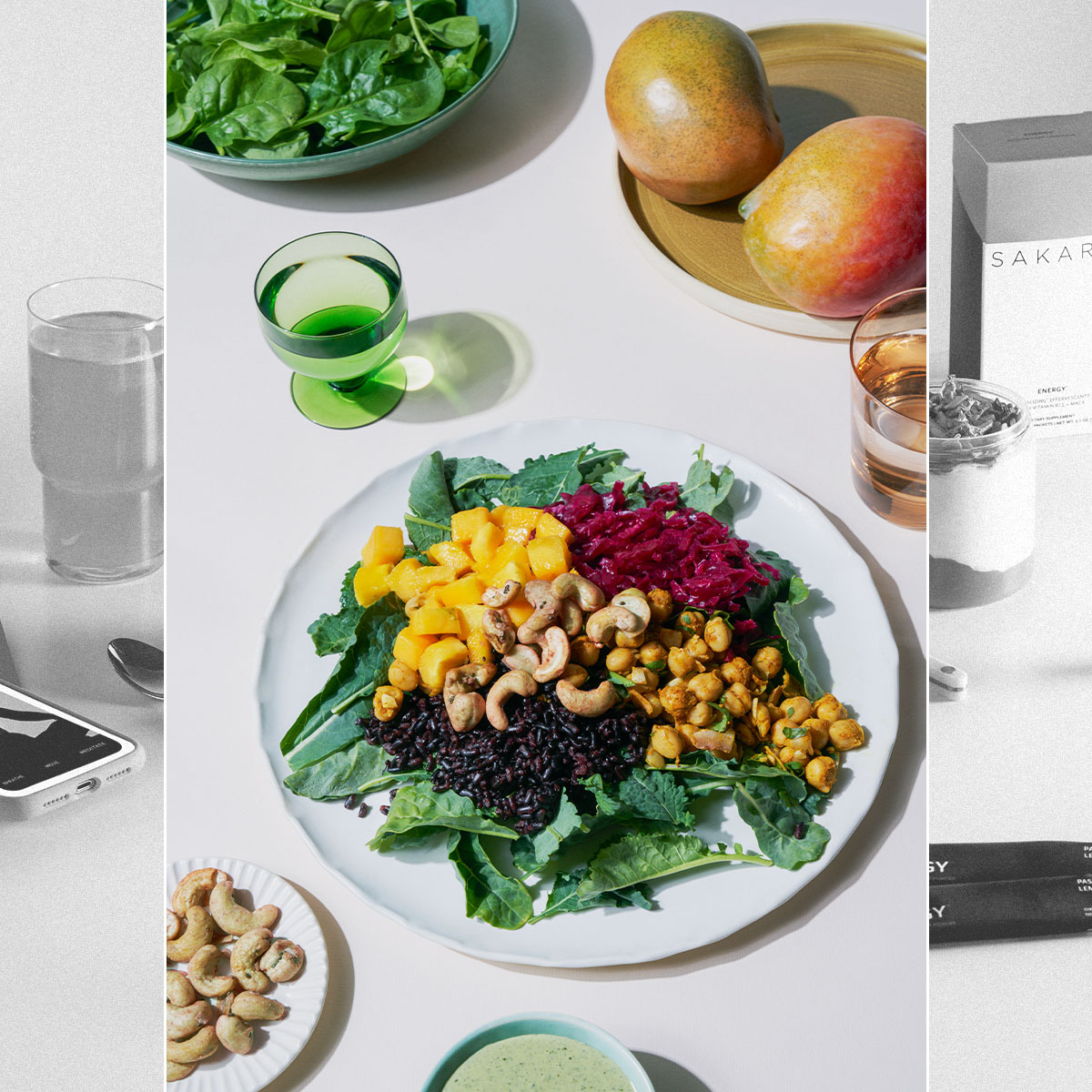 Bella Hadid and Gwyneth Paltrow Apparently Love Sakara Life, so We Tried It for 30 Days
Bella Hadid and Gwyneth Paltrow Apparently Love Sakara Life, so We Tried It for 30 DaysHere are our honest thoughts.
By Erin Jahns
-
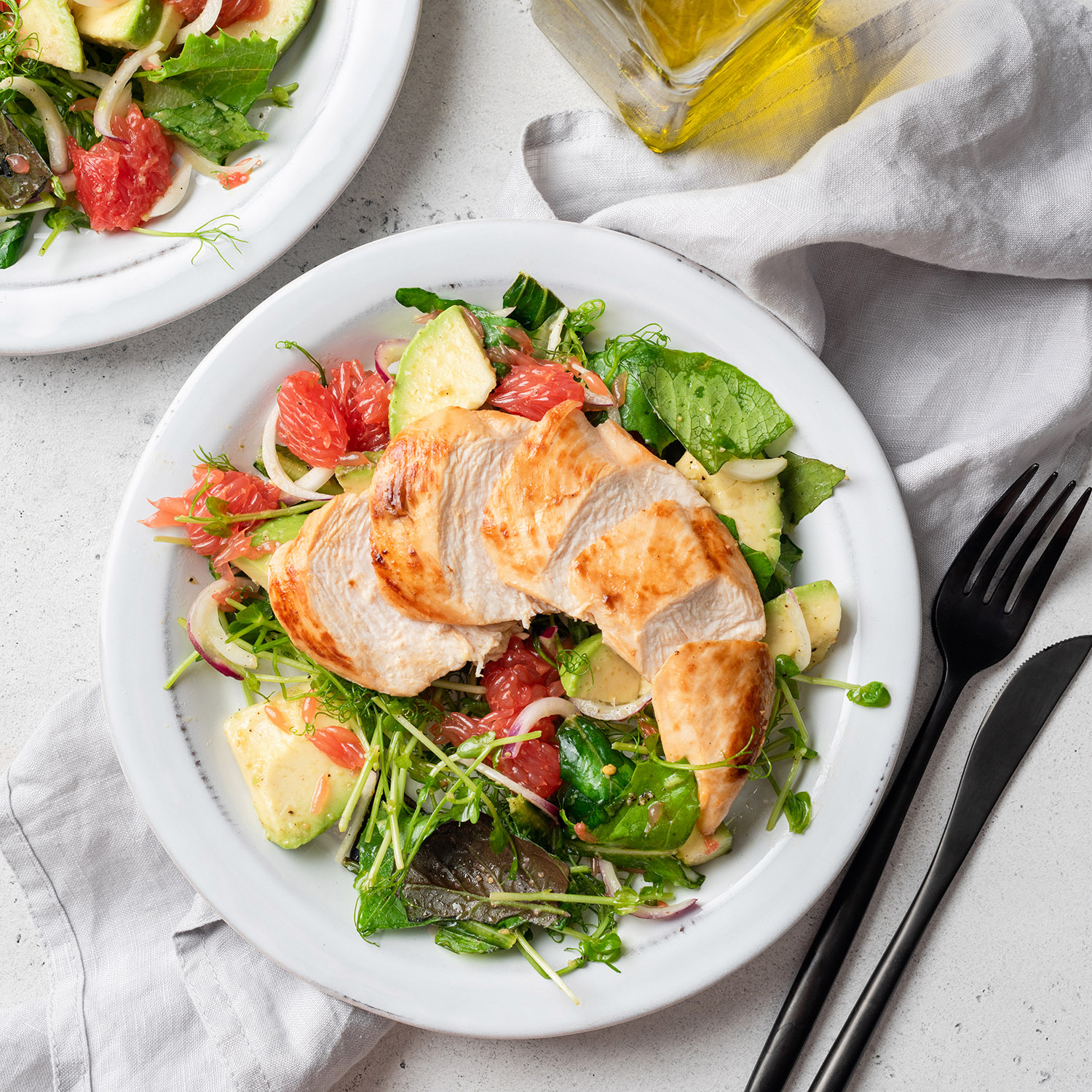 The 6 Warning Signs You're Not Getting Enough Protein
The 6 Warning Signs You're Not Getting Enough ProteinAnd what to eat to up your intake.
By Sarah Yang
-
 Everything This Professional Ballet Dancer Eats to Fuel Her for Performances
Everything This Professional Ballet Dancer Eats to Fuel Her for PerformancesHer grocery staples include high-quality French butter.
By Candice Aman
-
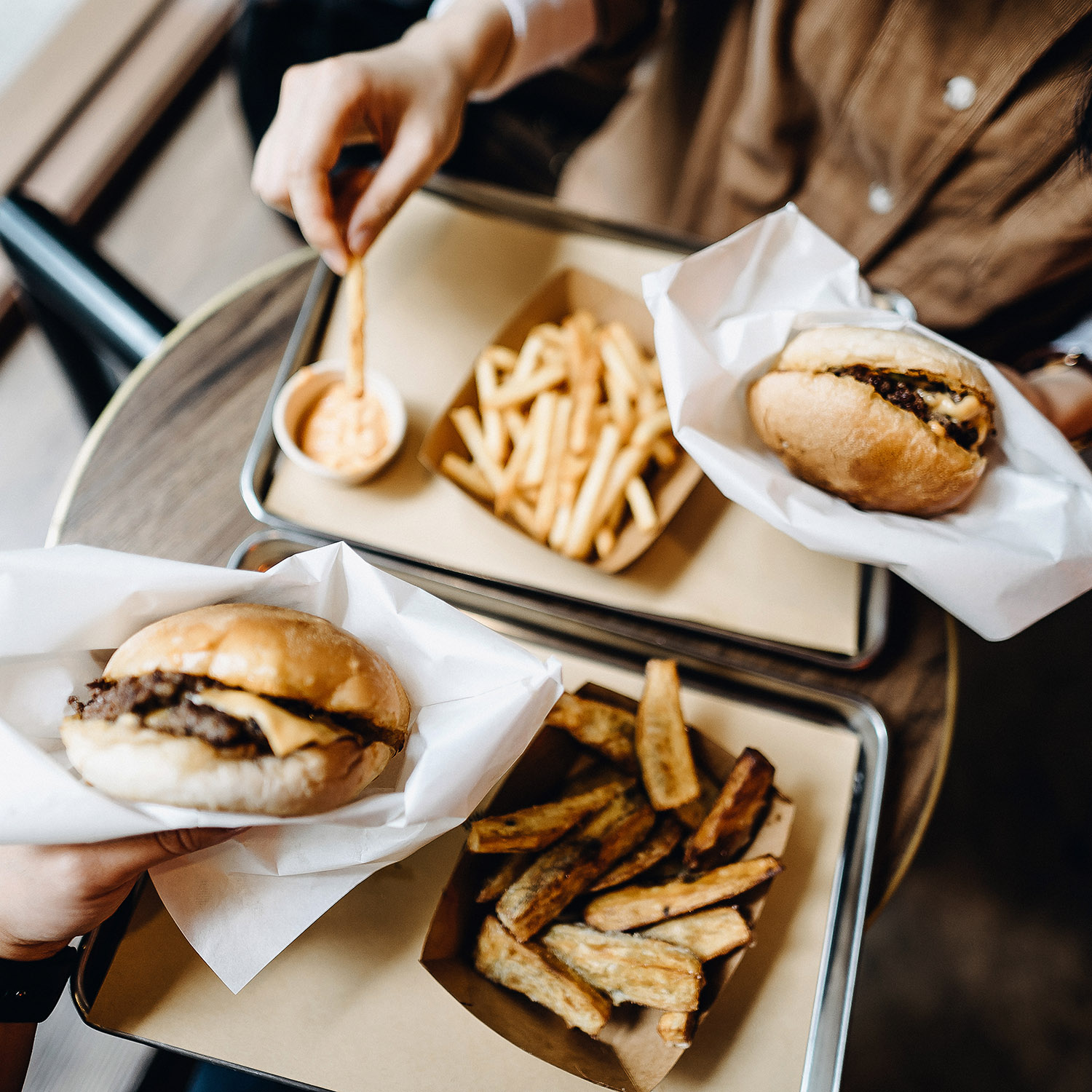 These 8 Foods Are the Worst for Rosacea—Here's What to Eat Instead
These 8 Foods Are the Worst for Rosacea—Here's What to Eat InsteadControl those flare-ups.
By Sarah Yang
-
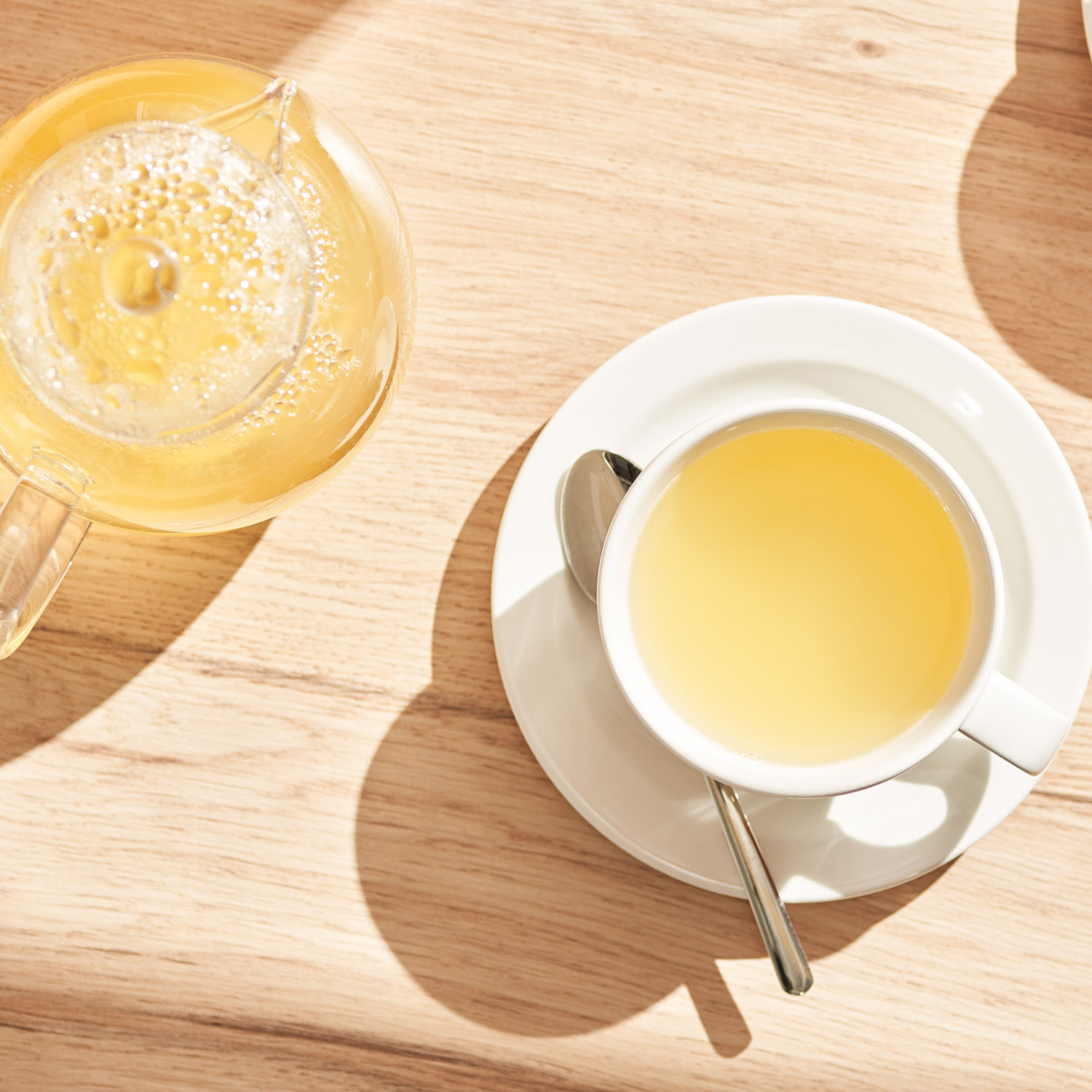 15 Things That Cause Bloating and How to Get Rid of It ASAP
15 Things That Cause Bloating and How to Get Rid of It ASAPTry these.
By Sarah Yang
-
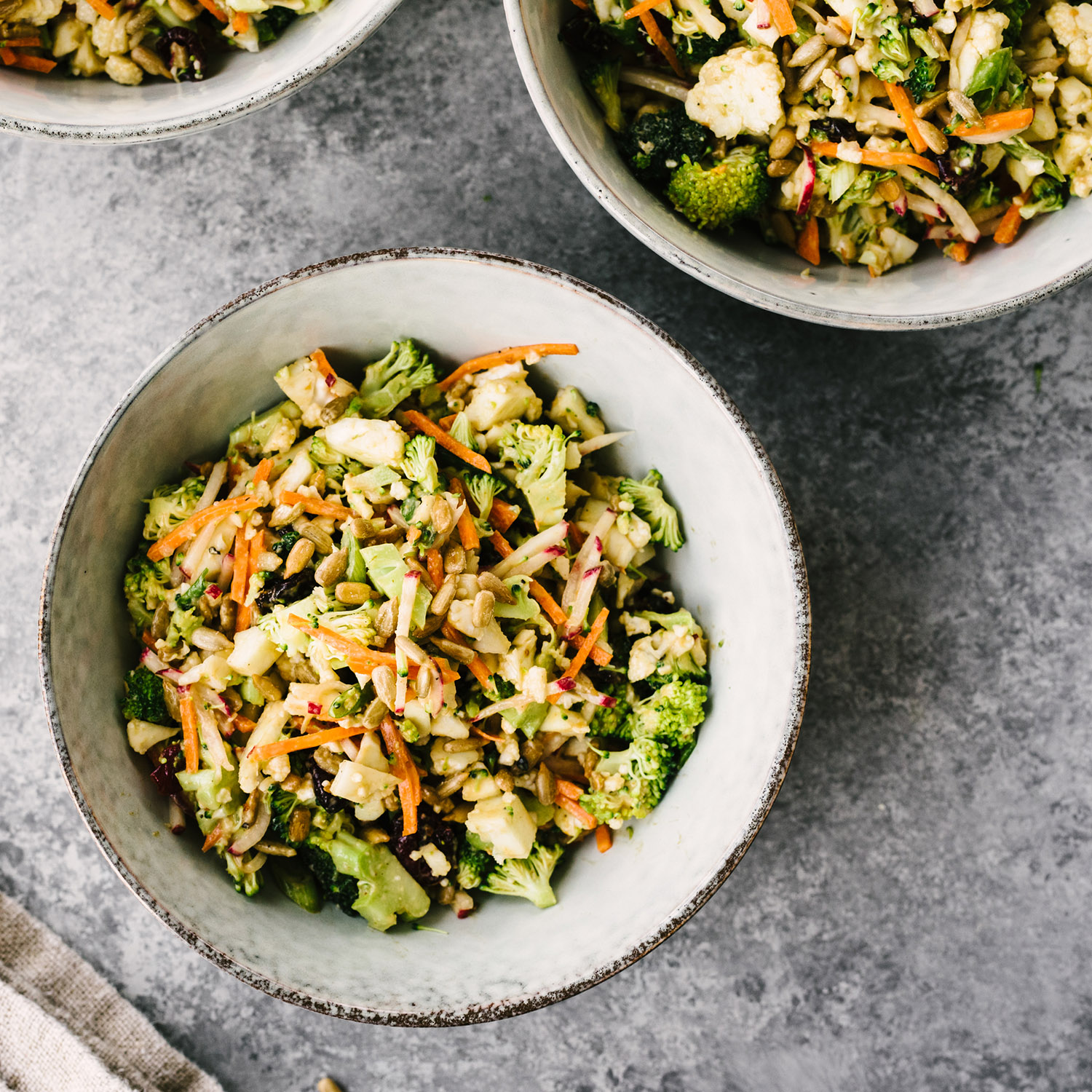 Is the Alkaline Diet Overhyped? What Experts Want You to Know
Is the Alkaline Diet Overhyped? What Experts Want You to KnowHere's how it works.
By Sarah Yang
-
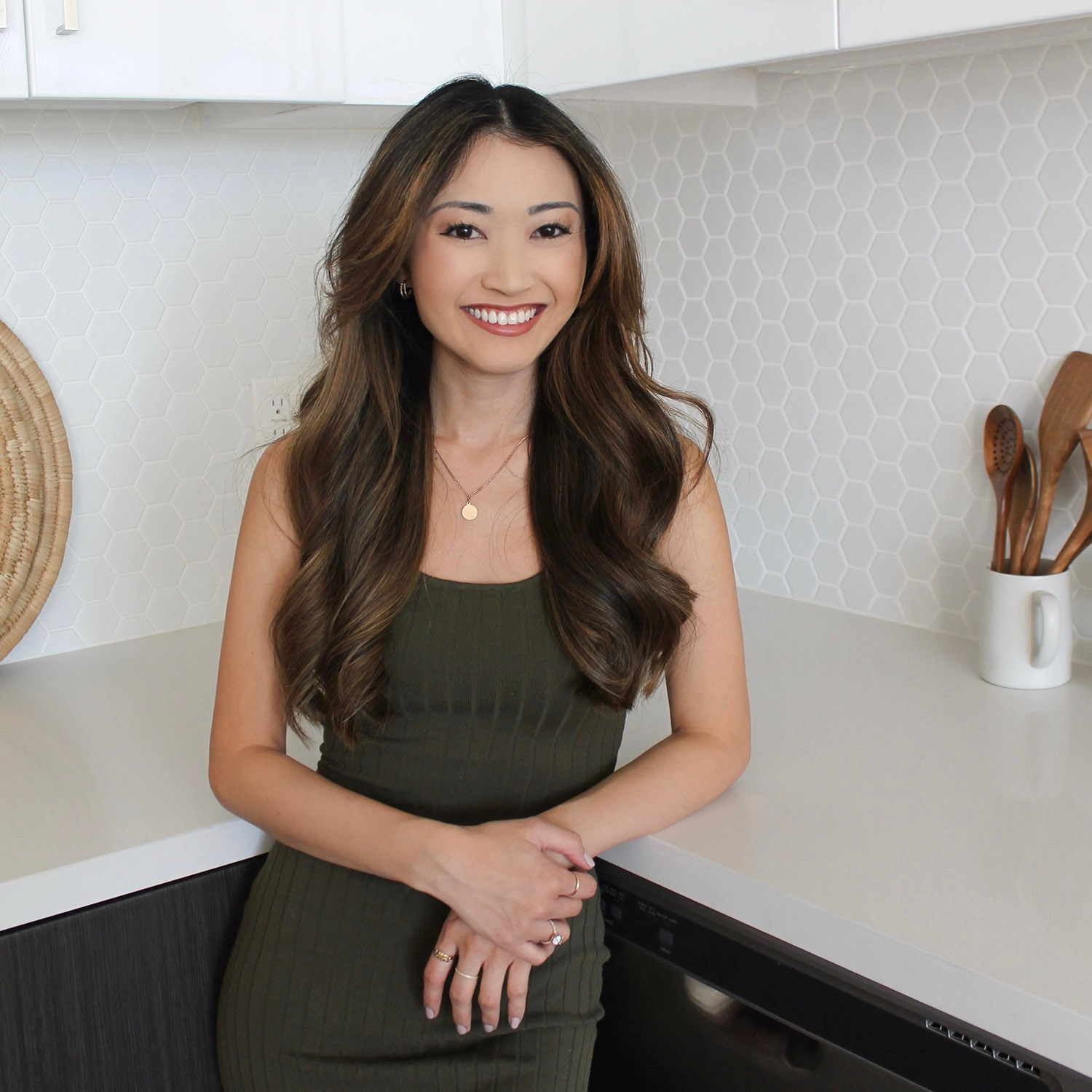 I'm an Imperfect Dietitian and My Key to Eating Healthy Meals Is Convenience
I'm an Imperfect Dietitian and My Key to Eating Healthy Meals Is ConvenienceTake a peek at my weekly grocery staples.
By Candice Aman
-
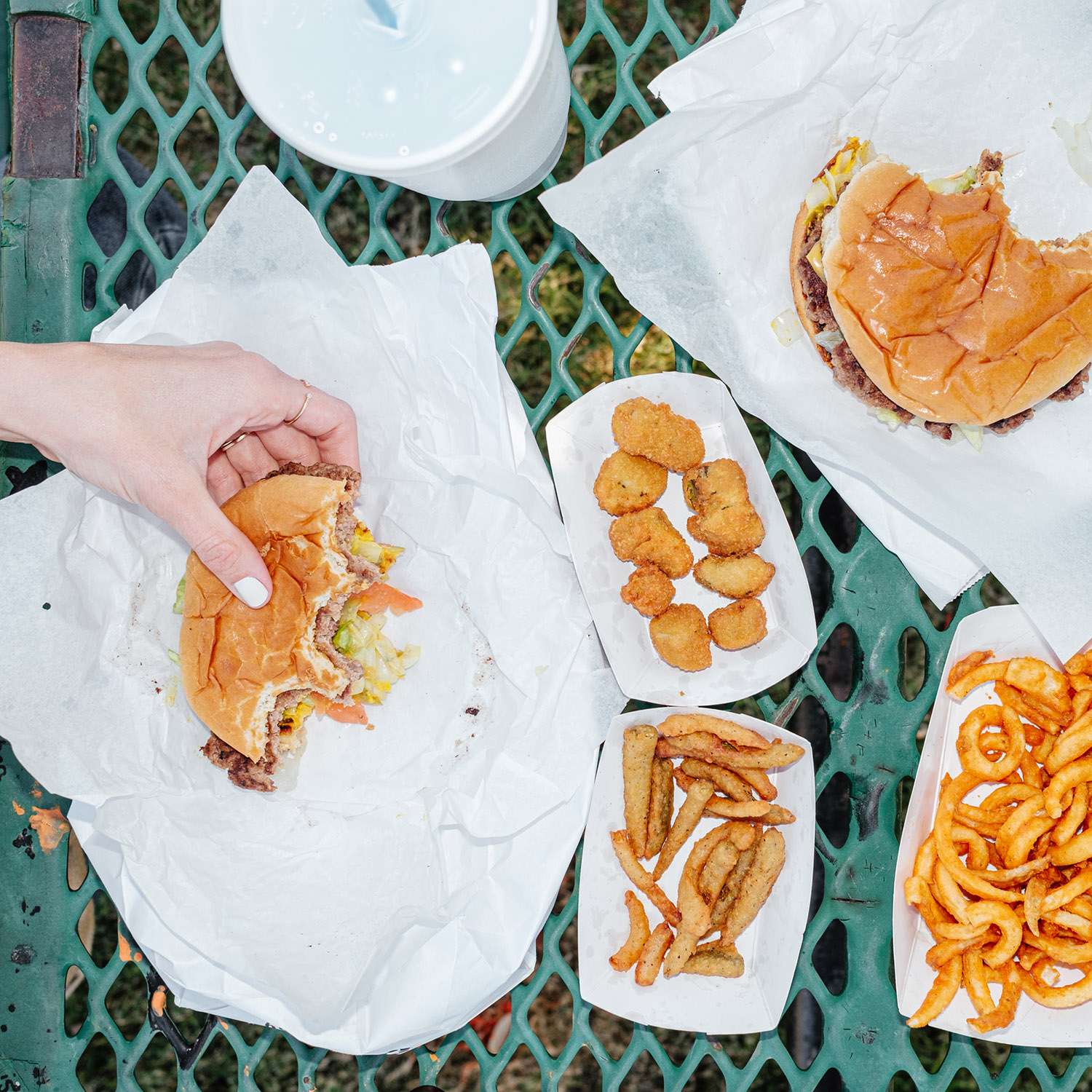 Avoid These 6 Foods—They'll Wreck Your Gut Health
Avoid These 6 Foods—They'll Wreck Your Gut HealthWhat to eat instead.
By Sarah Yang
